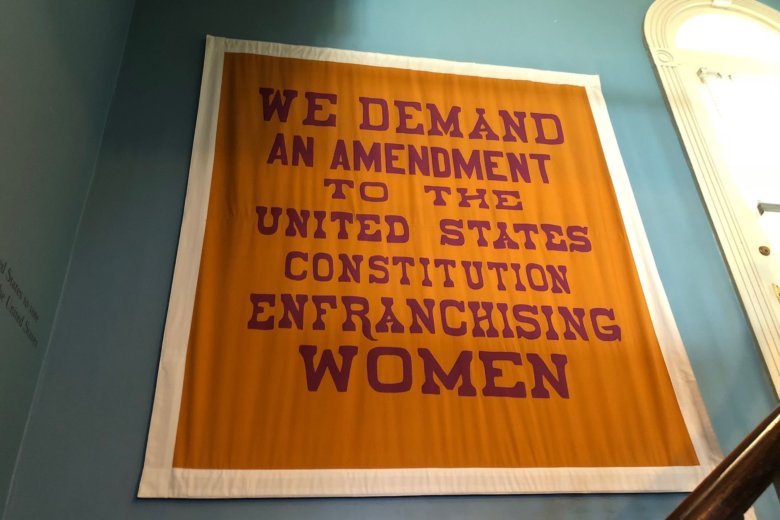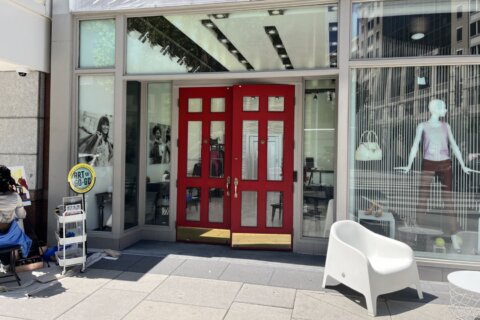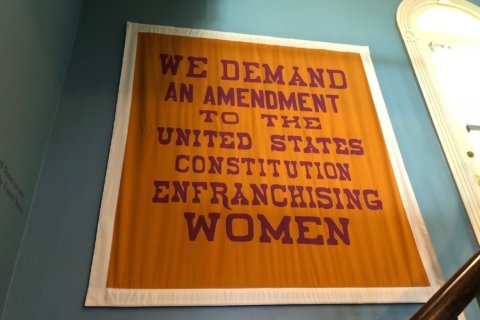
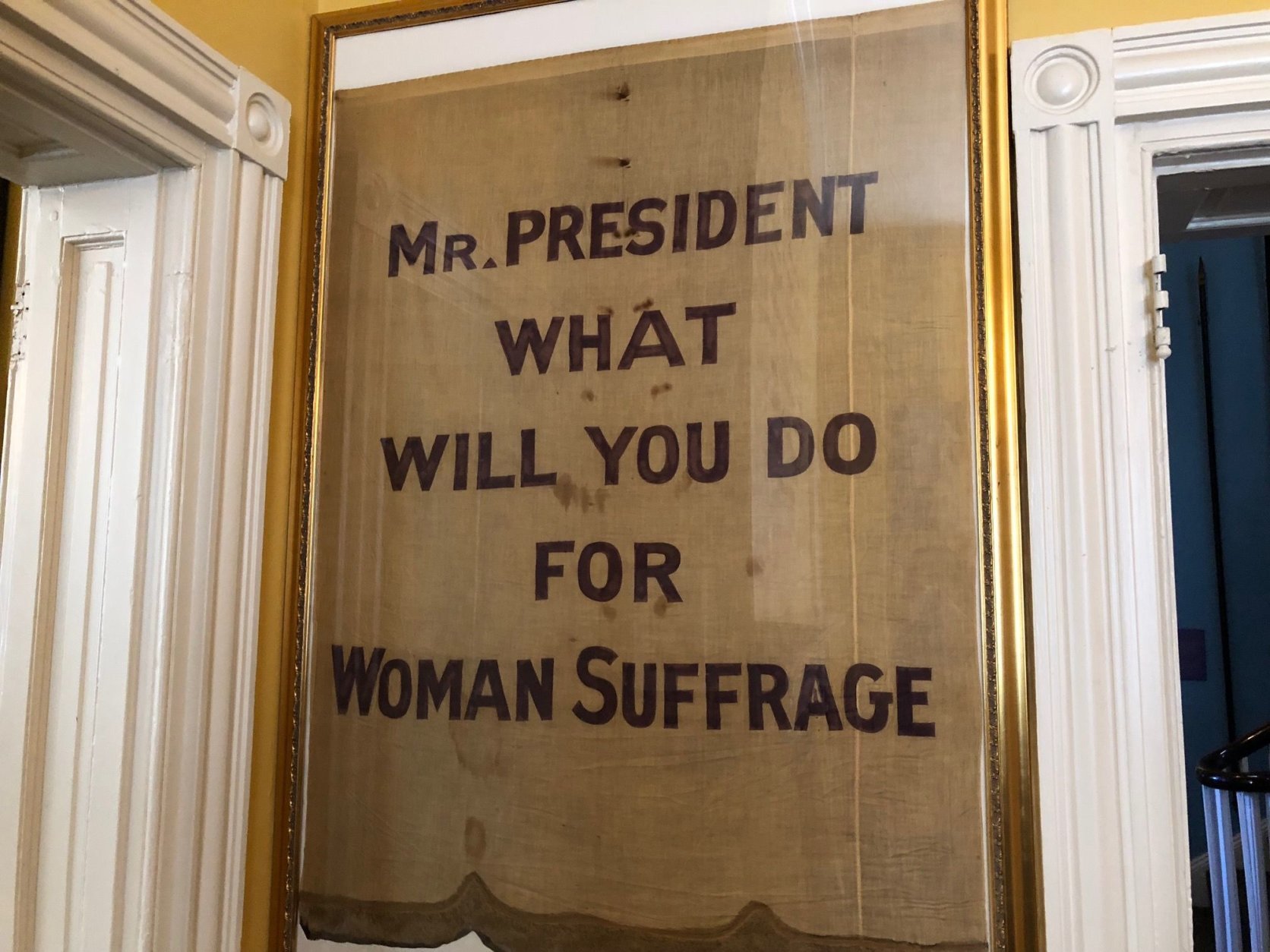
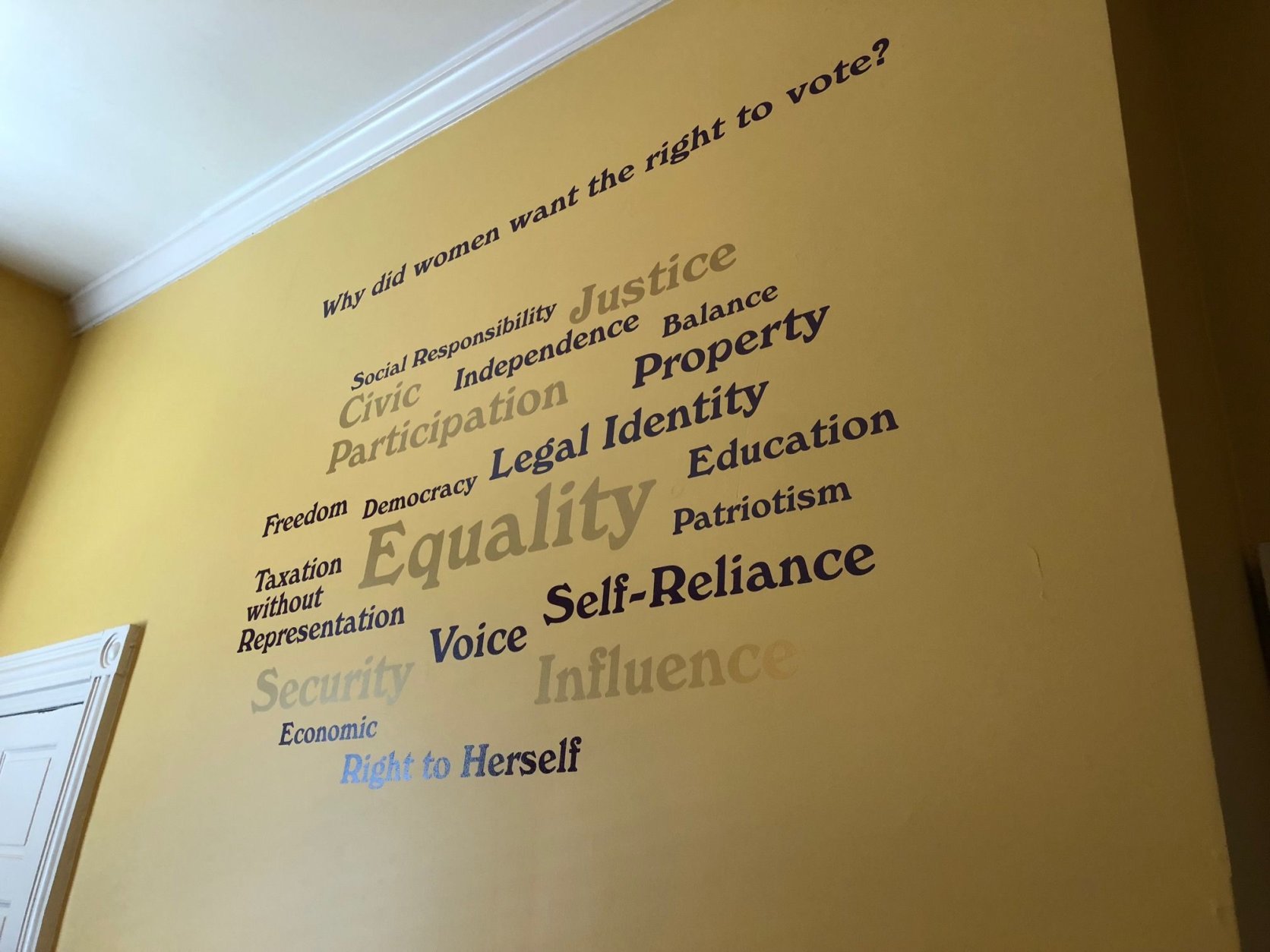
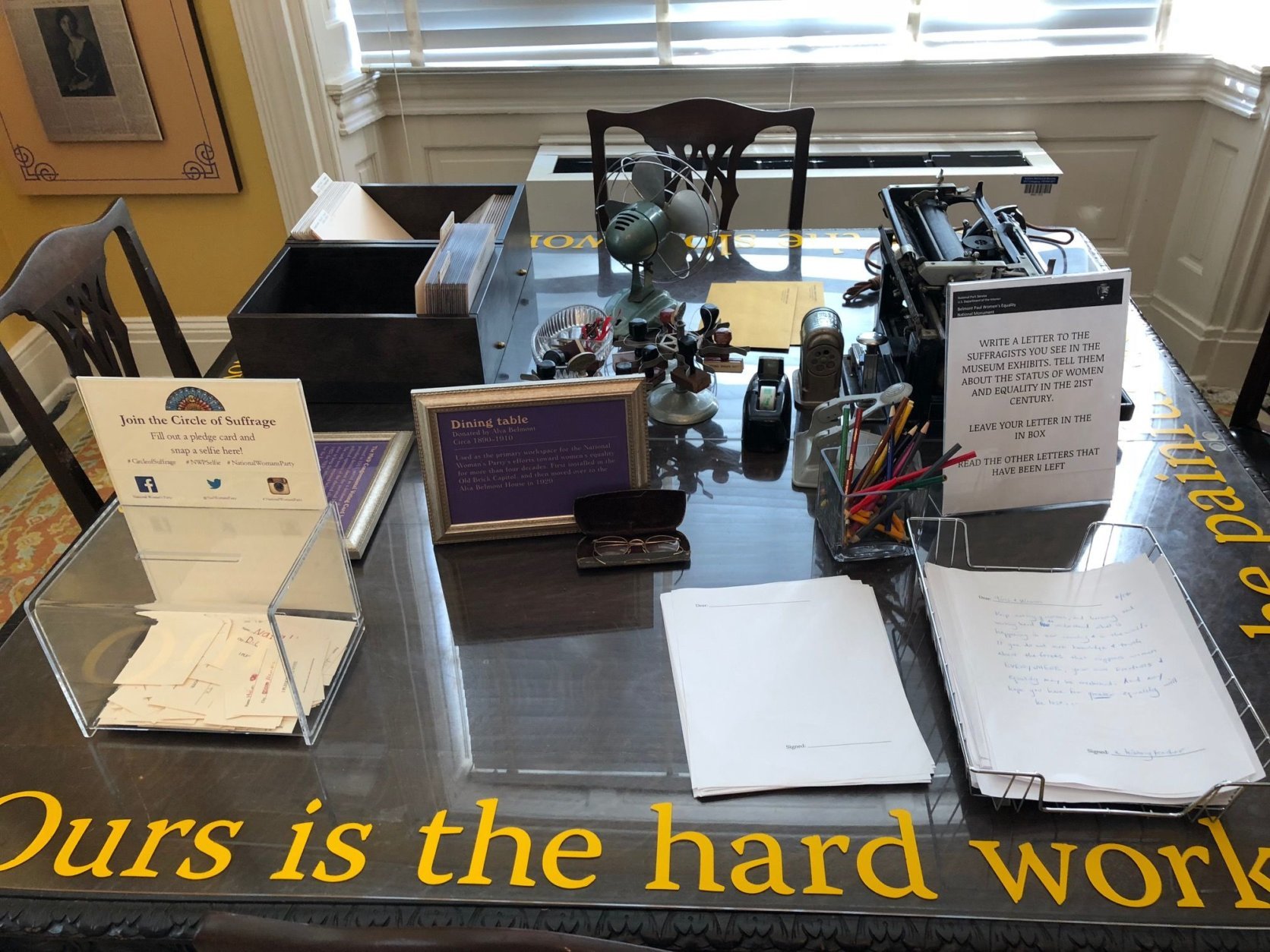
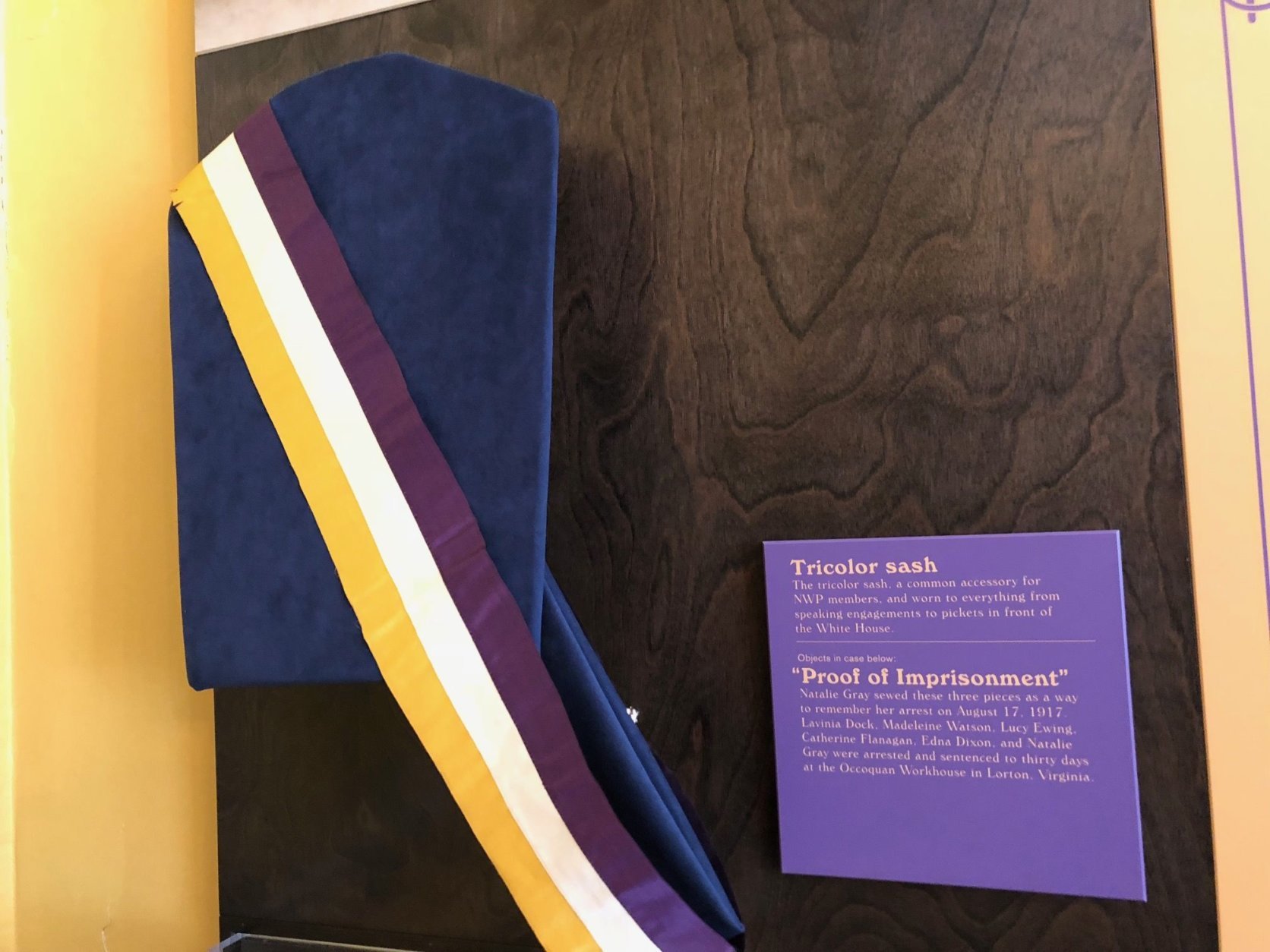
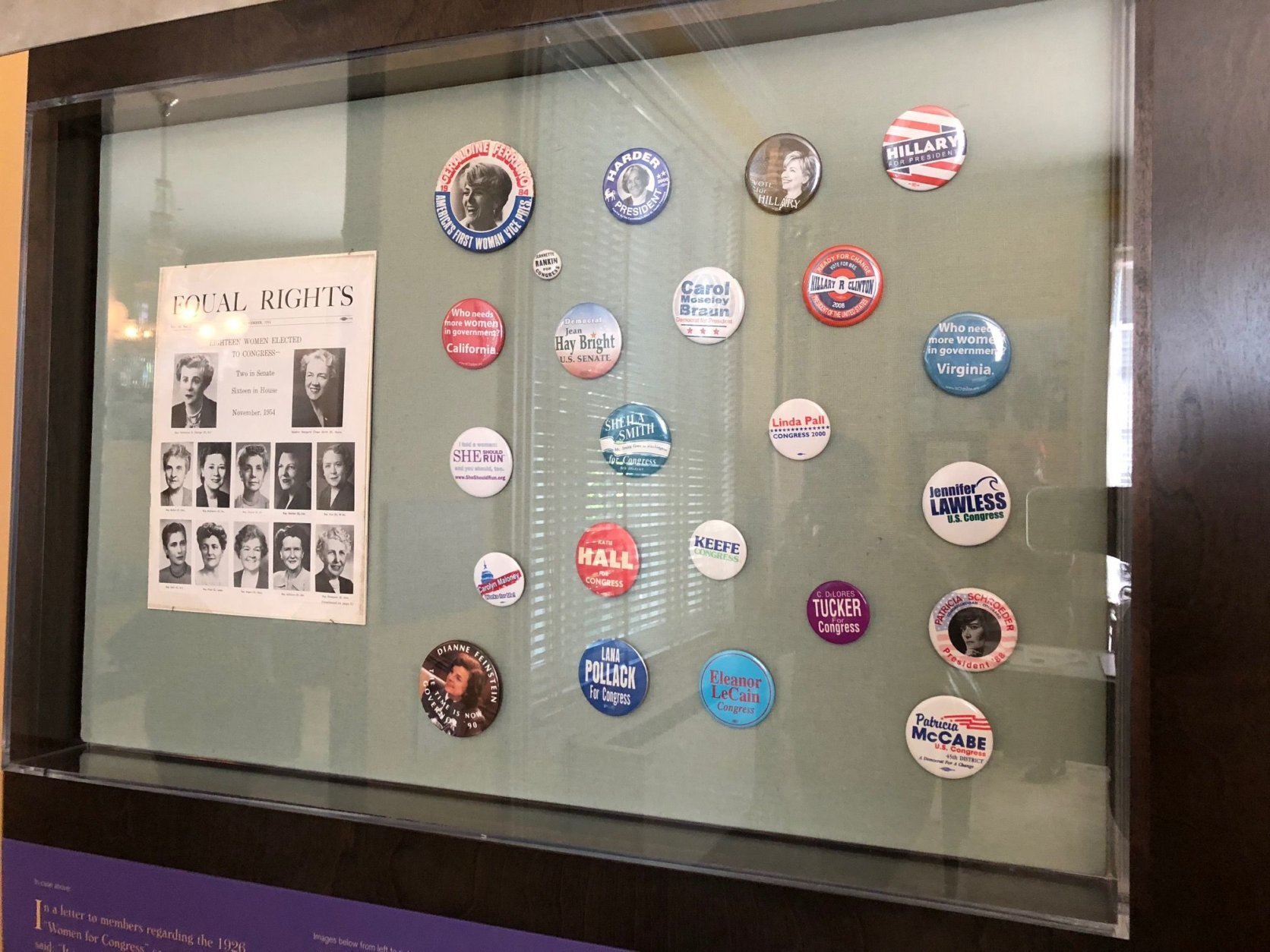
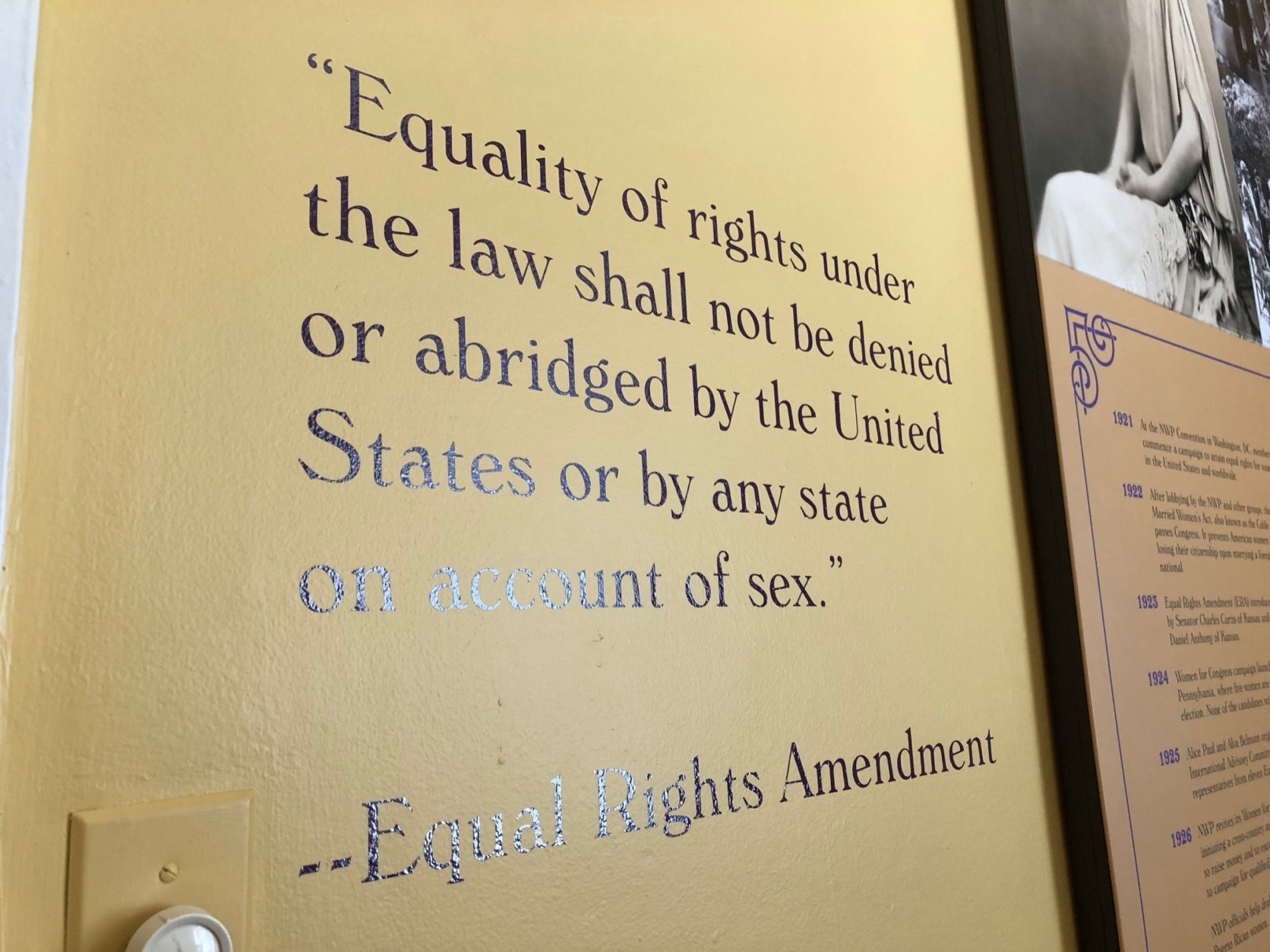
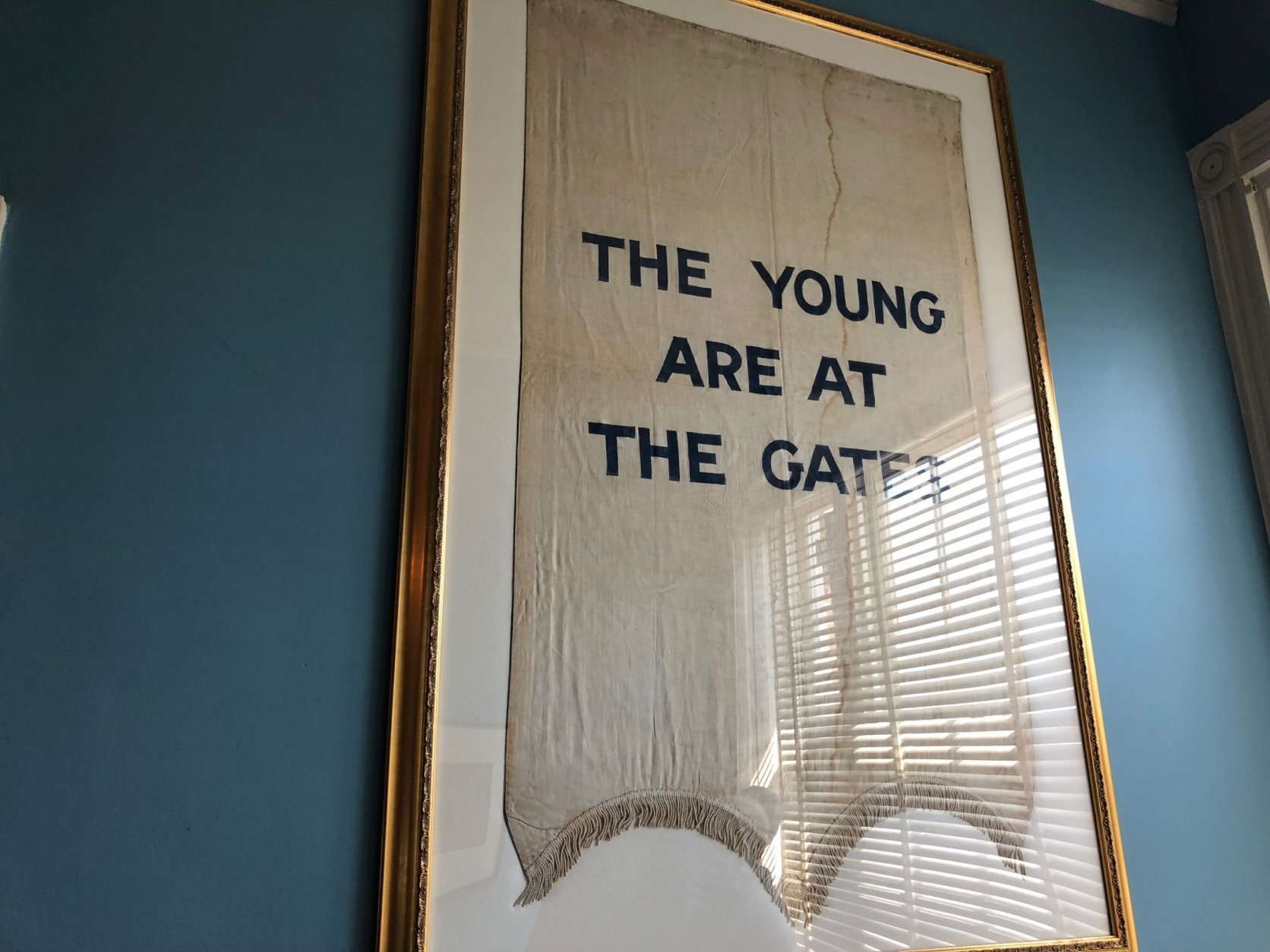
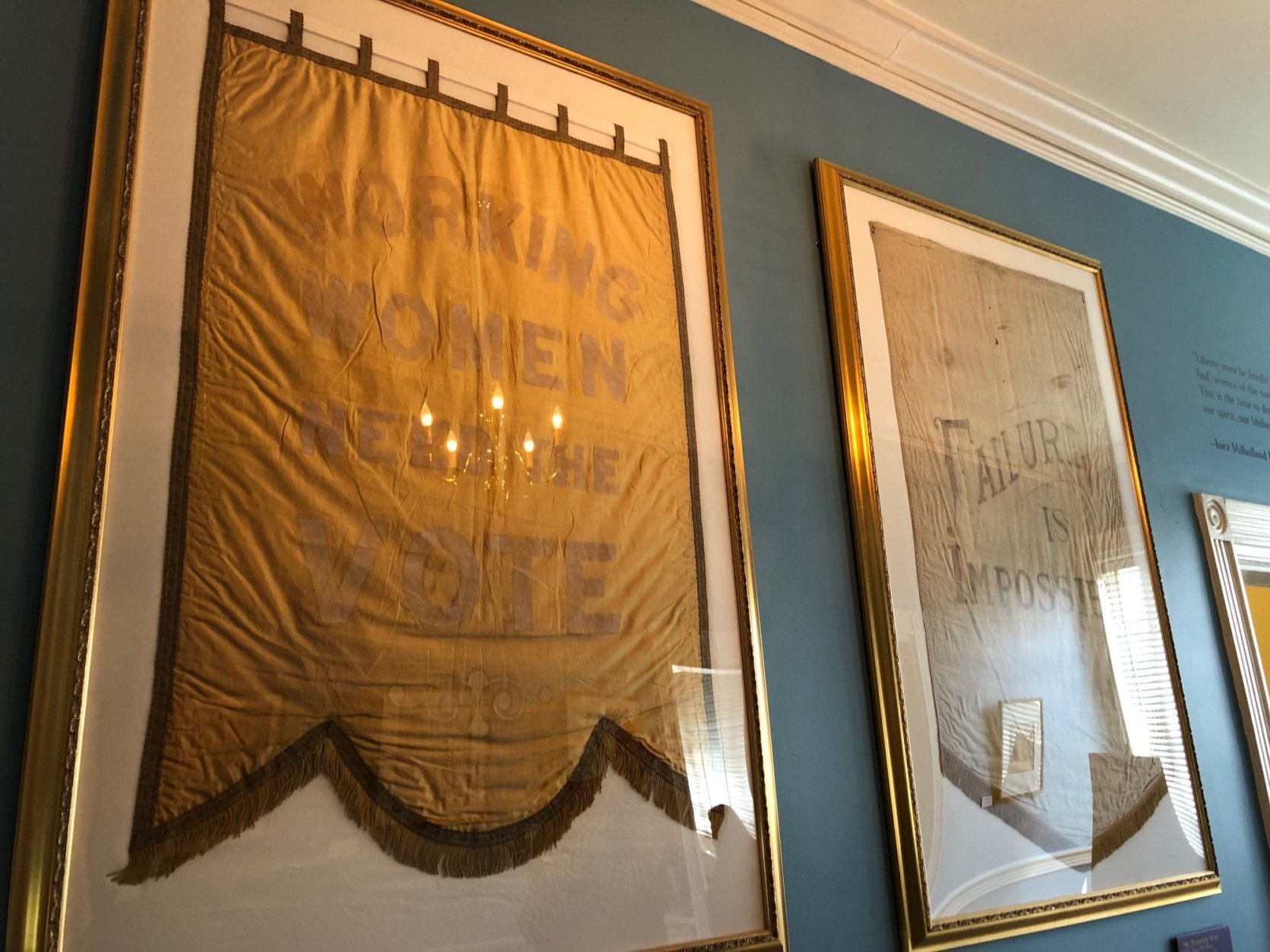
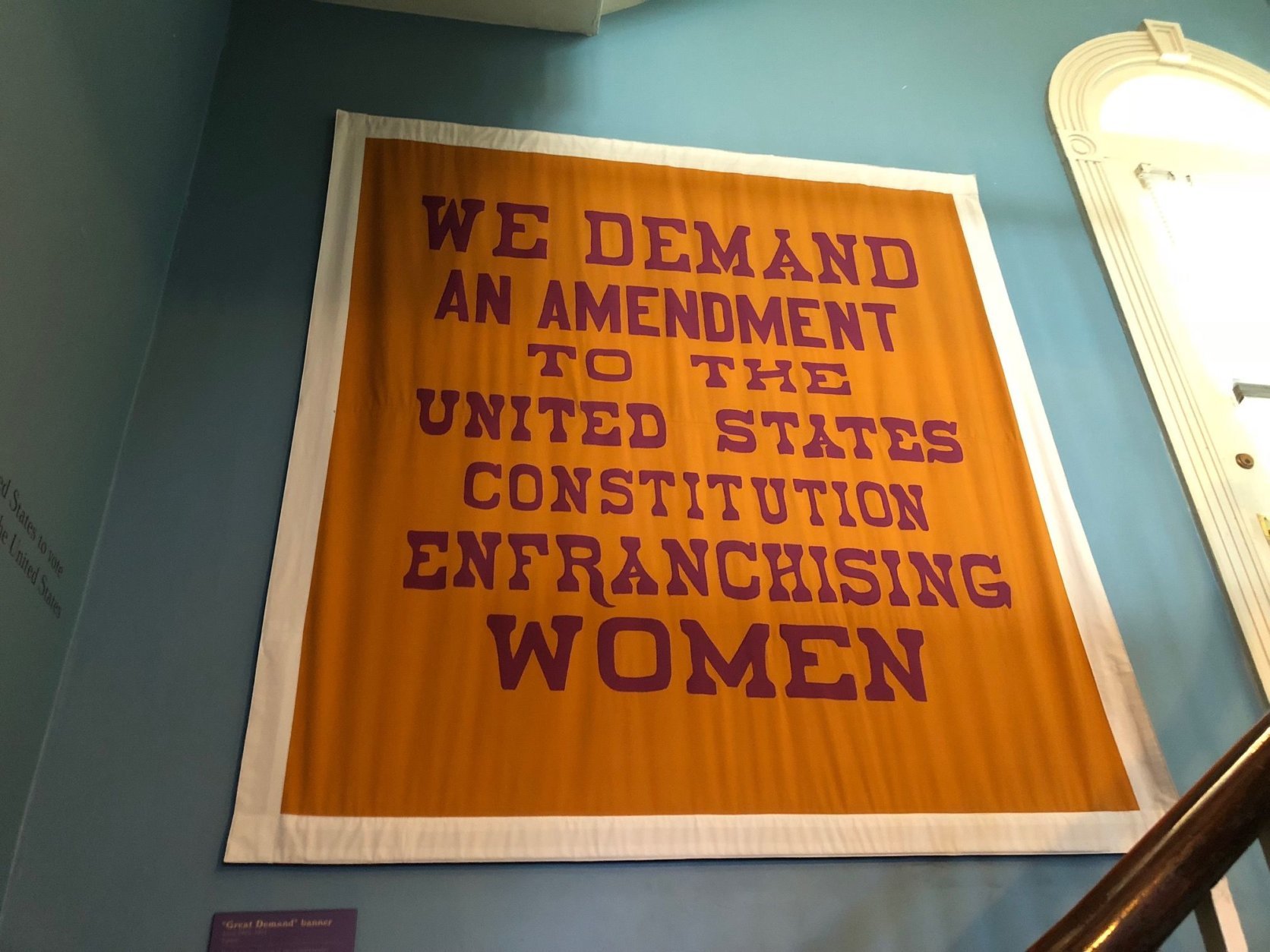
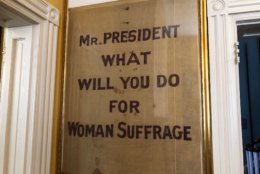
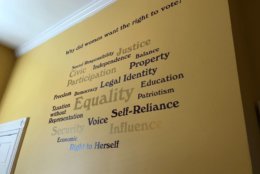
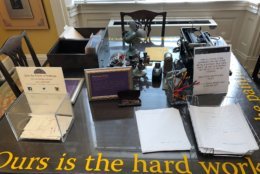
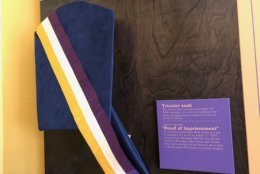
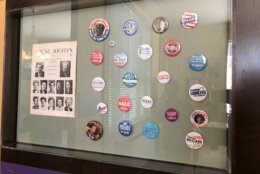
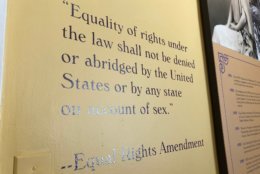
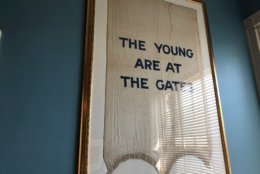
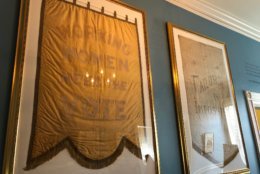
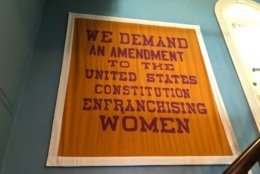
WASHINGTON — Visitors were welcomed to the Belmont-Paul Women’s Equality National Monument with special presentations and performances to mark Women’s Equality Day.
The 19th Amendment, which granted women the right to vote, was ratified on August 26, 1920. Now, 98 years later, the National Park Service teamed up with the National Women’s Party, who runs the monument and museum, to host musicians and storytellers in honor of the anniversary. One presentation even took an in-depth look at the role of feminism in the popular science fiction T.V. series Star Trek.
Elizabeth Neucere came all the way from Texas to attend the event.
“I wanted to come out and have a chance to see the Paul-Belmont site and all the artifacts that you read about in history books, and then finally getting to see them face to face has been amazing,” Neucere said. “I’ve been a little bit geeking out.”
In morning sessions, women shared their experiences with discrimination. For Neucere, the stories of some of the older visitors heightened her appreciation for those who fought battles before her.
“It’s because of their activism that I don’t face the same kind of discrimination that they did,” Neucere said. “Like being able to get a credit card, I’m able to do that because other women fought for that right before I was even around.”
The National Women’s Party was originally formed in 1913 to advocate for women’s suffrage. Now no longer a political party, the group maintains archives and artifacts surrounding the movement. Its headquarters has been in the same building near the Capitol (now the Belmont-Paul Women’s Equality National Monument) since 1929.
Among the artifacts on display were banners from 1913, when hundreds of women marched down Pennsylvania Avenue to draw attention to the issue one day before President Woodrow Wilson’s inauguration parade.
“Even though progress has been made in some areas, people are still facing discrimination and restriction of their rights,” Neucere said about marking such an occasion in light of today’s political climate.
“There’s still different forms of discrimination that are preventing the progress from happening. It’s like the same tune, but a different way.”

